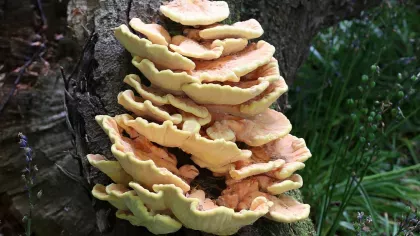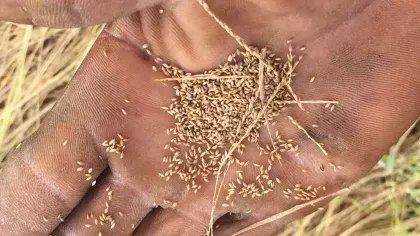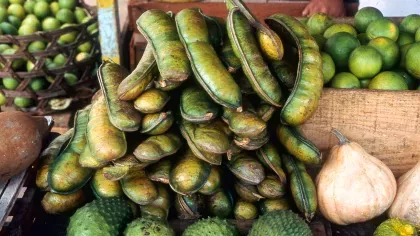24 March 2022
Harnessing the power of artificial intelligence for conservation
A new artificial intelligence software could help halt biodiversity loss.

With over 1 million plant and animal species threatened with extinction, we’re losing nature faster than ever before.
Halting biodiversity loss has never been so urgent. Alongside its fundamental value and ecological roles, biodiversity provides us with food, medicines, clean water and building materials, among many other things.
There is, therefore, a pressing need for realistic, effective and affordable conservation policies that can be put in place quickly.
Together with a team of international scientists from the University of Fribourg in Switzerland, the Gothenburg Global Biodiversity Centre at the University of Gothenburg in Sweden and London-based company Thymia Ltd, we’ve developed a new tool using artificial intelligence (AI) that can identify regions most in need of biodiversity protection.
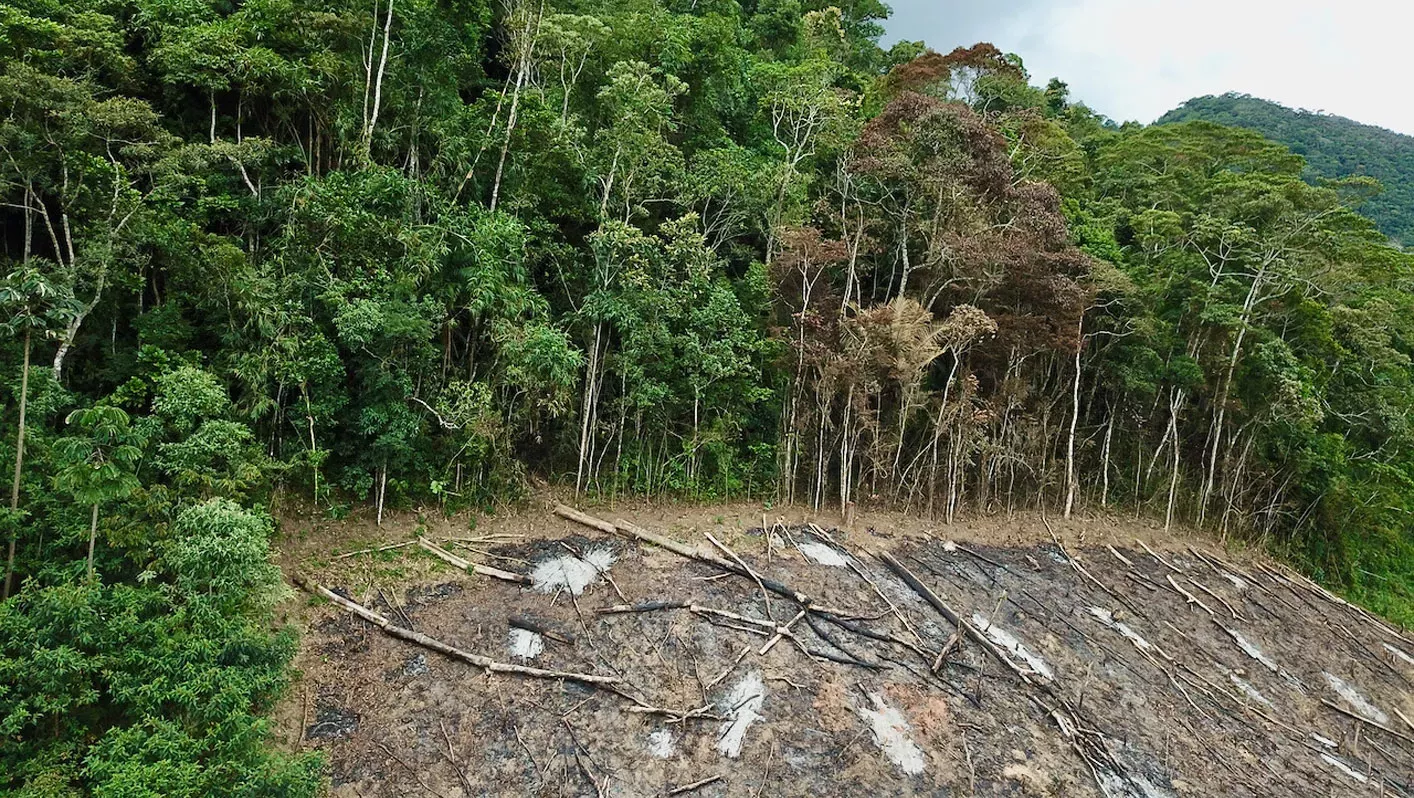
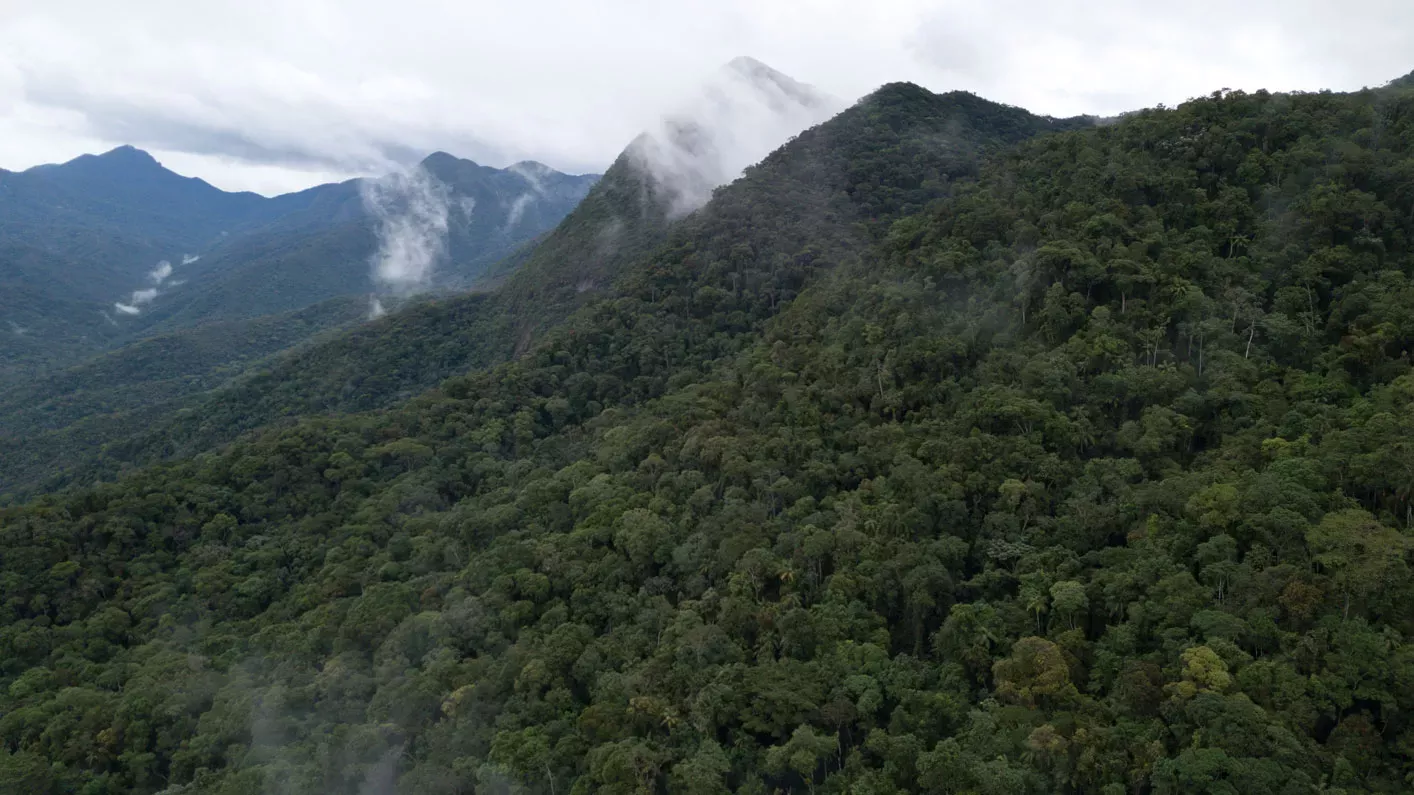
Innovative solutions for protecting biodiversity
It may sound alien to some, but AI refers to a series of algorithms that are trained with data to replicate and improve decisions.
AI holds great promise for improving the conservation and sustainable use of biodiversity and ecosystem services in a rapidly changing and resource-limited world. For example, scientists are already testing machine learning, a form of AI, to predict which plants are threatened with extinction.
We created a software named CAPTAIN (Conservation Area Prioritisation Through Artificial INtelligence) that integrates biodiversity data, conservation budgets, climate change and human pressure – for example, based on land use. The framework feeds data into a neural network and quantifies the trade-offs between the costs and benefits of area and biodiversity protection, exploring multiple biodiversity metrics.
We believe our software is the first of its kind to implement reinforcement learning (RL), a type of machine learning that involves training models to make a sequence of decisions.
The programme essentially plays a game in an artificial (simulated) world where the reward is how many species were spared from extinction at the end of the game. After several goes, the programme learns how to best place protected areas in this simulated world.
An analysis of hundreds of simulations saw CAPTAIN outperform the popular conservation planning software Marxan, depending on the settings, boasting an average improvement of prevented species loss between nine and 18 per cent.
Following the training phase, the algorithm is ready to be applied to real-world data. We tested the tool on a real-world database of more than 1,500 trees native to Madagascar.
The data had been previously used in a conservation planning experiment using Marxan. CAPTAIN was found to consistently outperform Marxan within the defined budget constraints, increasing the average fraction of protected range per species by 50 per cent and even exceeding the set conservation targets.
Rethinking conservation
In 2010, a set of targets called the Aichi Biodiversity Targets were internationally agreed upon in a global effort to address the underlying causes of biodiversity loss and to reduce the pressures impacting nature by 2020. Given that not a single one of these targets has been universally met, it is clear that we need to rethink how effective and realistic conservation policies are drawn up.
In the run-up to COP15 in China this year, where new biodiversity targets will be set for the coming decades, we think AI can be a game-changing tool to help policymakers to make the best use of available data and halt irreversible biodiversity loss.
A key learning from our study is that quality is more important than quantity: just increasing the amount of protected land and sea isn’t enough, we need to protect the right regions.
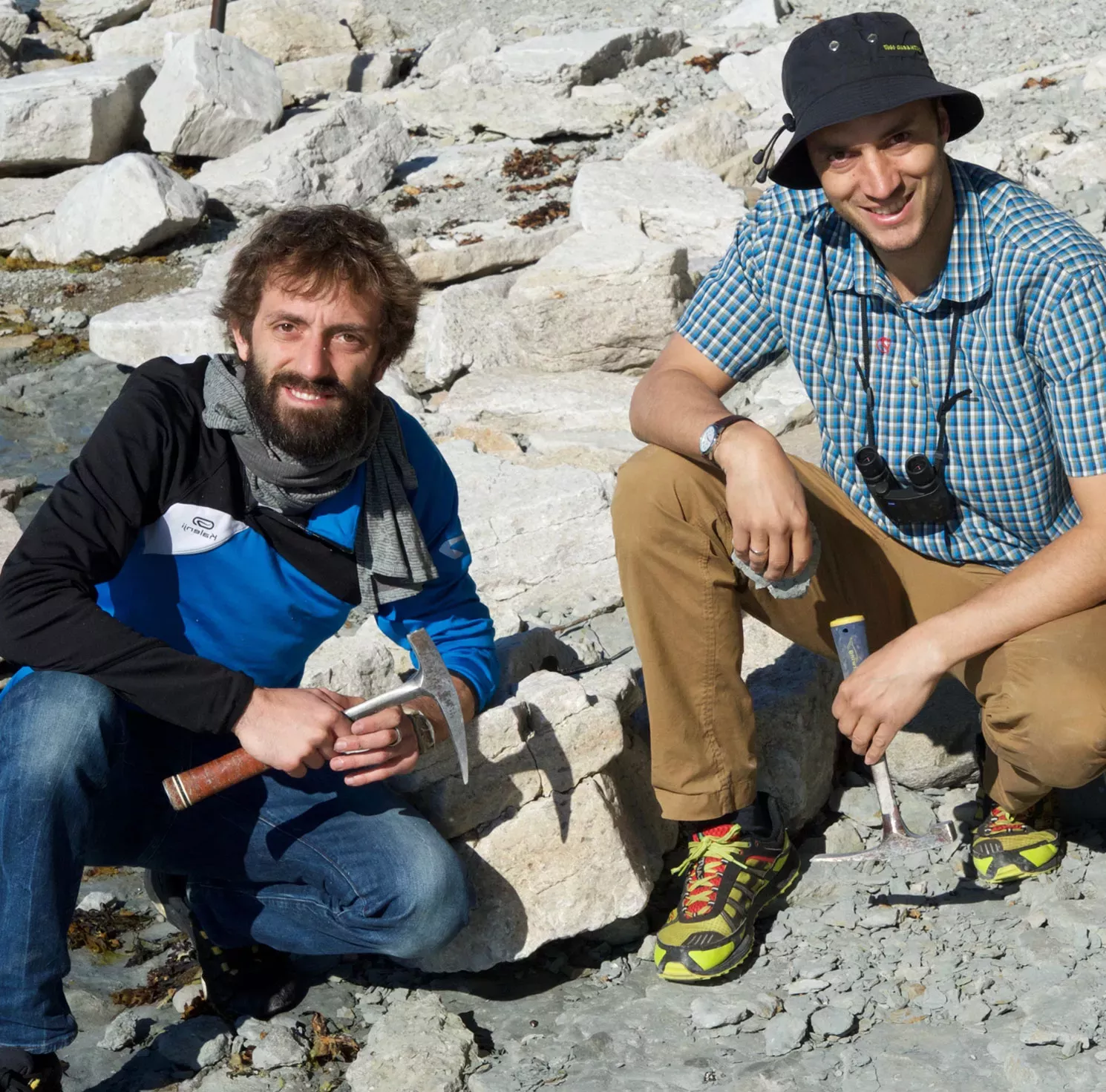
Read the paper
Silvestro, D., Goria, S., Sterner, T. & Antonelli, A. (2022) Improving biodiversity protection through artificial intelligence. Nature Sustainability

